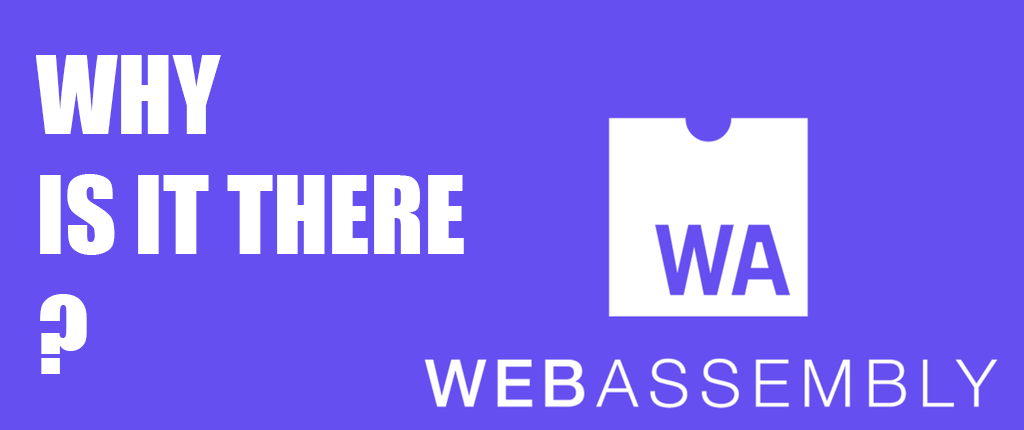The #WebAssembly Story
JavaScript was developed back in 1995 to add some life to web pages. It allowed you to add logic to the site in addition to manipulating the HTML components, which added interactivity and made the web a better place.
With the evolution of the web, JavaScript also evolved a lot to keep up with modern demands.
When smartphones, tablets, different OSs, different screen sizes, and more became widely available, it became difficult to develop native apps for all the available platforms and satisfy users and modern business needs. Web browsers were the key, as all platforms run and render the same HTML, CSS, and JavaScript. Developing apps for the web that can be accessible from any device, anytime, was a great strategy.
The boom of web apps started, and JavaScript found itself in a big challenge. From a language to add interactivity to the HTML pages, it became a language being used to write all the logic of apps on the client side, especially the apps that were more advanced and complicated.
TypeScript was born to help reduce the complexity you can face with JS and it worked quite well.
More web apps, fewer native apps, and the devices are getting more powerful on the hardware level. In 2015, the browser developers Apple, Google, Firefox, Microsoft, and W3C, came together and agreed that the industry needed a more sustainable solution. A solution that keeps the power of the web but brings more than JavaScript to the table. Compiled languages like Rust, C/C++, C#, and more could be compiled and run natively inside the browser. This would open the door to web apps with richer features, developers who prefer other languages than JS, apps with better performance, and capabilities that leverage the full potential of the devices. All of that while keeping the app running in the browser sandbox environment to run the app securely.
In 2017, WebAssembly was born and became officially available in most of the browsers.
Microsoft kept the momentum going and worked on the first official single-page application framework to run C# in the browser. In 2019, Blazor was officially born. It became the first complete enterprise-ready web framework that utilizes WebAssembly. Since then, more and more companies and individuals have been using Blazor WebAssembly for their solutions, and with every .NET release, the framework is just getting stronger.
Want to learn more about Blazor WebAssembly and learn all the skills needed to develop full production-ready apps? Check out my latest book “Mastering Blazor WebAssembly”.






Comments